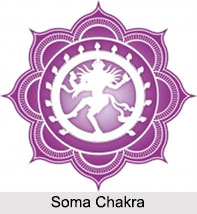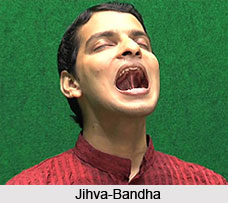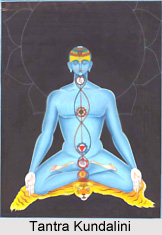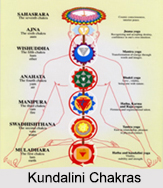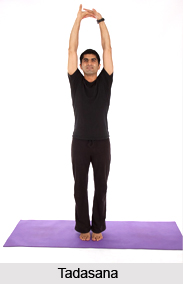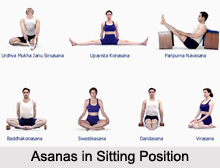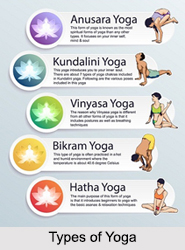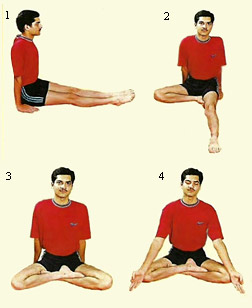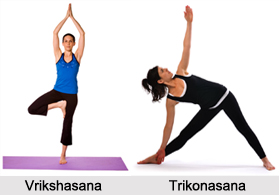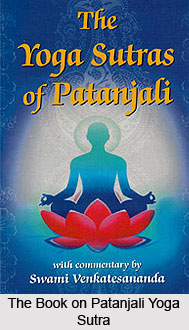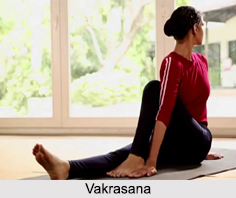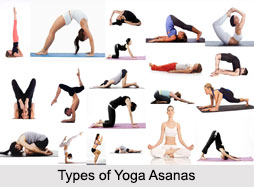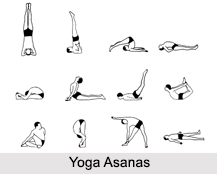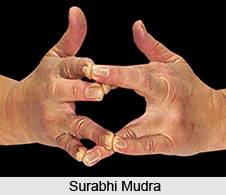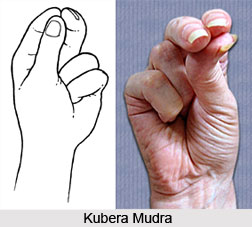The maitri karuna mudita upeksanam sukha duhkha punya apunya visayanam bhavanatah yoga sutra has a note of optimism to it, when its states that through the promotion of joyous feeling like friendliness, kindness and pleasure one can be successful in eradicating the ills of one`s own disposition and the world in a whole. In doing thus, one can silence the mind and become more quiet and philanthropic. And the basis of Self-Realisation is precisely this.
cittaprasadanam
Matitri friendliness
Karuna compassion, mercy
mudita gladness, joy
upeksanam to be indifferent and apathetic, to look at things
without interest
sukha happiness
Juhkha sorrow
punya virtue
apunya vice
msayanam regarding an object, concerning a tiling
bhavanatah conception, remembrance, infusion, recollection,
thoughtfulness
cittaprasadanam graceful diffusion of the consciousness, favourable disposition
Through cultivation of friendliness, compassion, joy, and impassivity to pleasure and pain, virtue and vice respectively, the consciousness becomes favourably disposed, serene and benevolent.
These qualities keep the mind in a state of well-being. Patanjali here sets the foundation for one`s journey towards Self-Realisation. Citta viksepa is a current of distressed thoughts running like a river. In citta prasadana, graceful diffusion, the turbulent flow is dammed up and consciousness imbues serenely like a lake.
If the citta is caught in the mesh of the senses, and the sadhaka fails to cultivate friendliness, compassion, delight and equanimity, sorrow and unhappiness develops within his heart. This sutra asks one to be rejoiced with the happiness, to be empathetic to the sorrowful, friendly to the virtuous, and unsympathetic to those who continue to live in vice, despite endeavours to change them. This mental adjustment ramps up social as well as individual health. In addition to cultivating these qualities, one should follow the social virtues oiyama (11.30) for the well-being of society as a whole. This approach to life keeps the mind of the sadhaka tranquil and pure.


